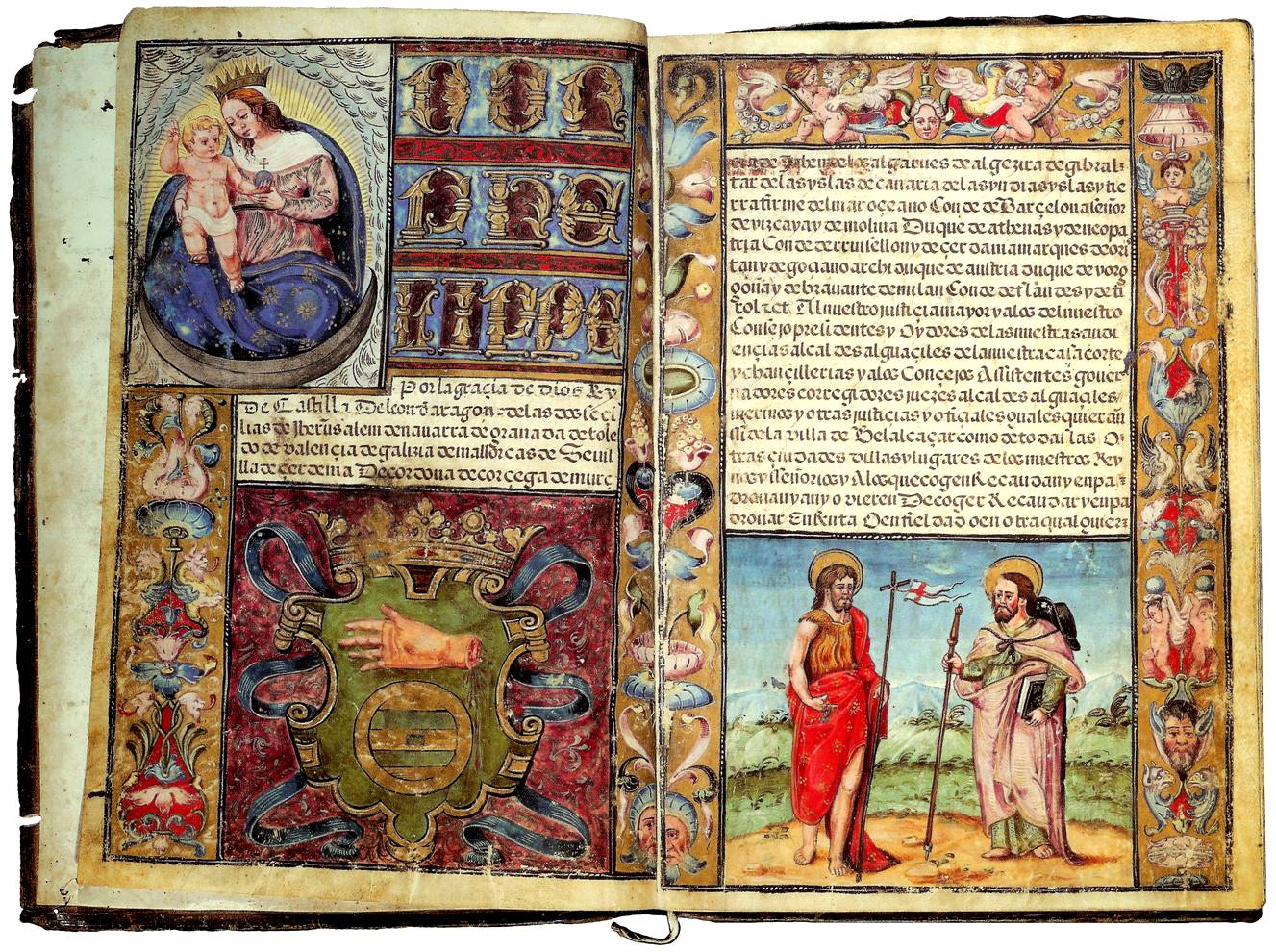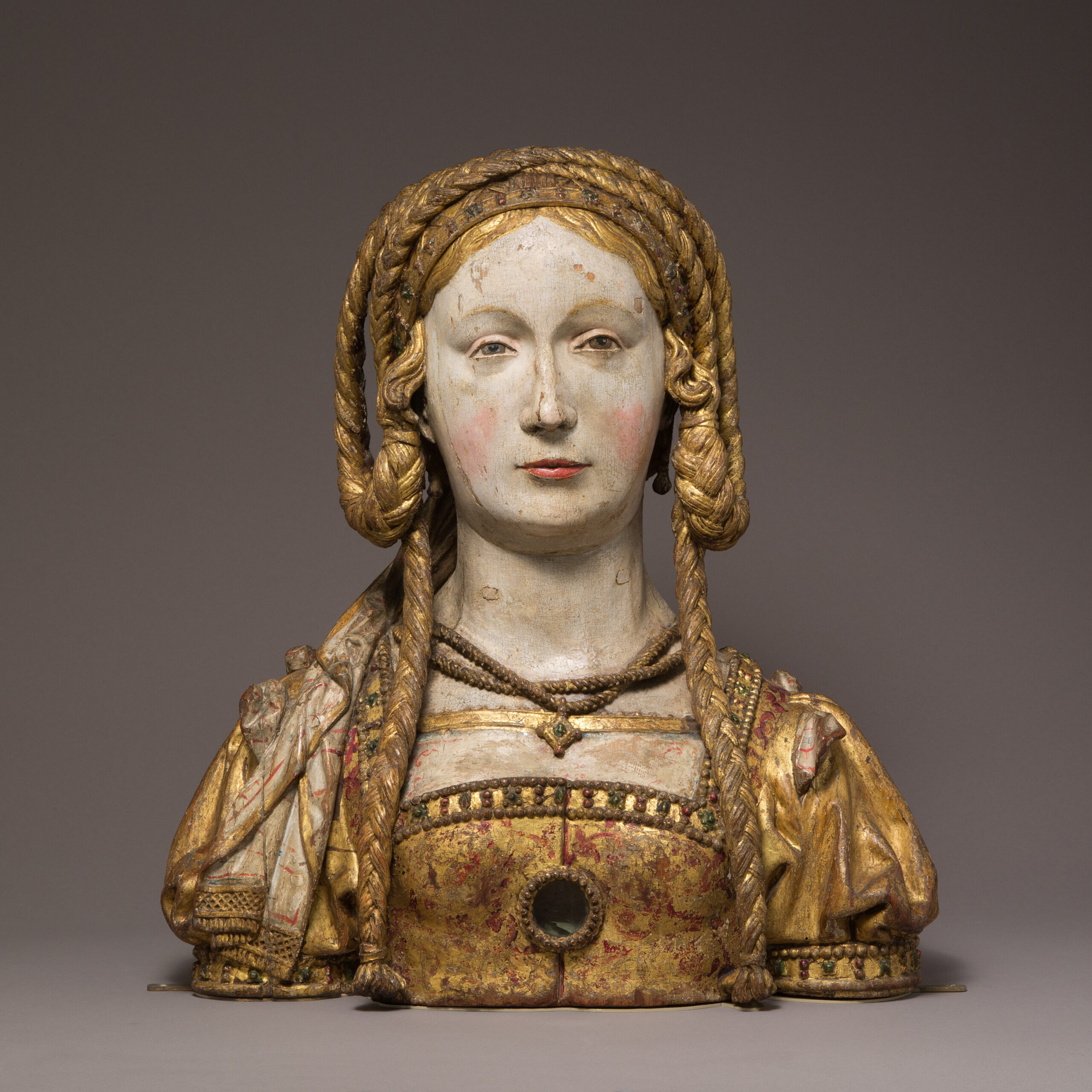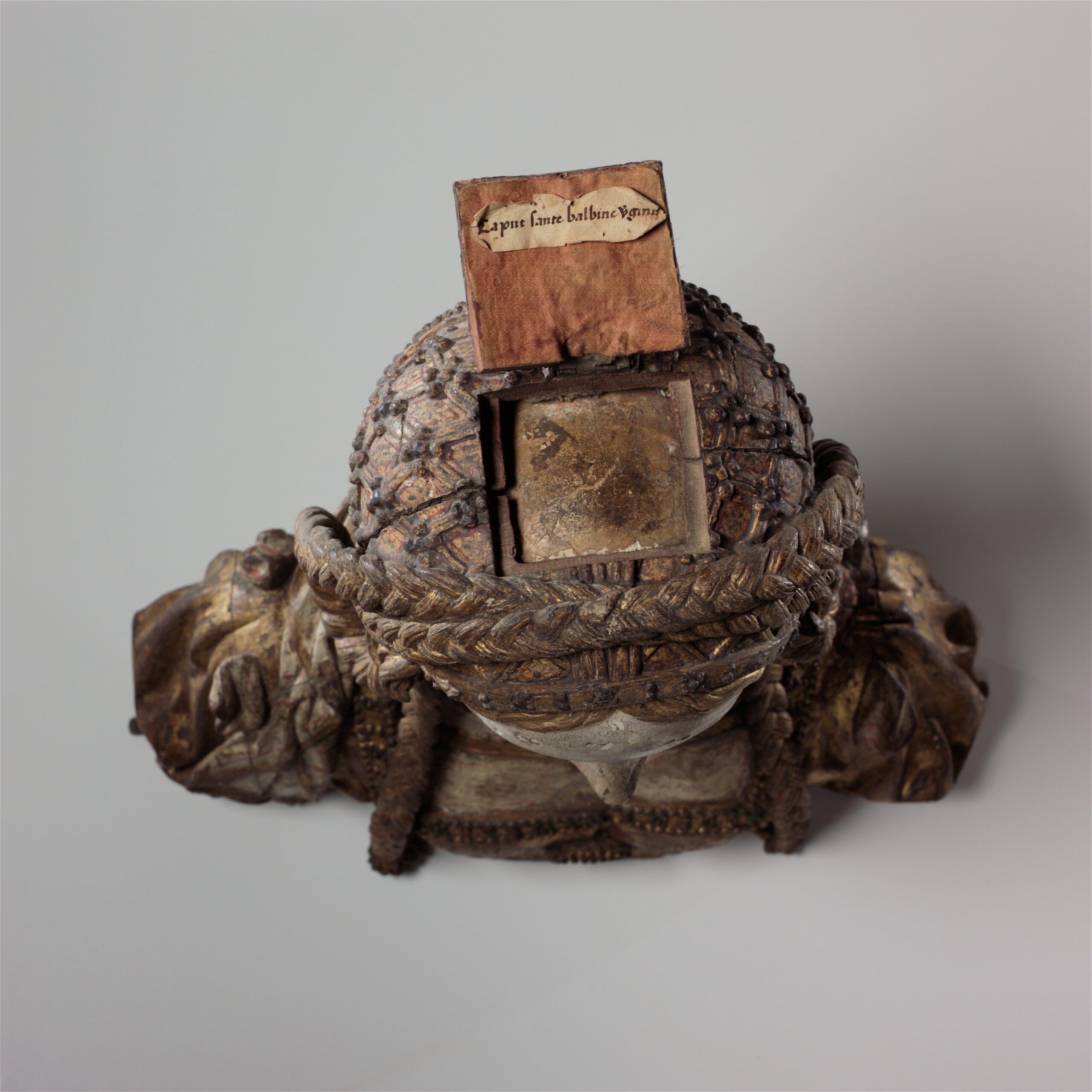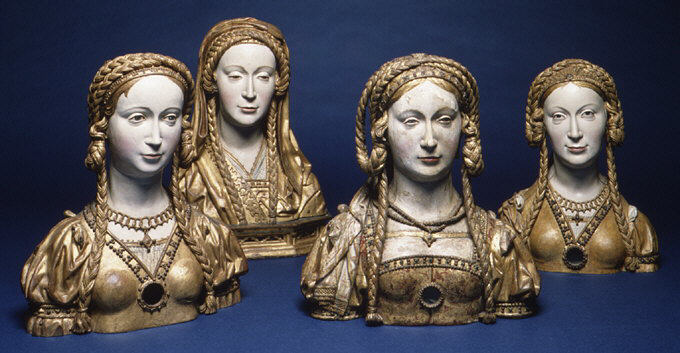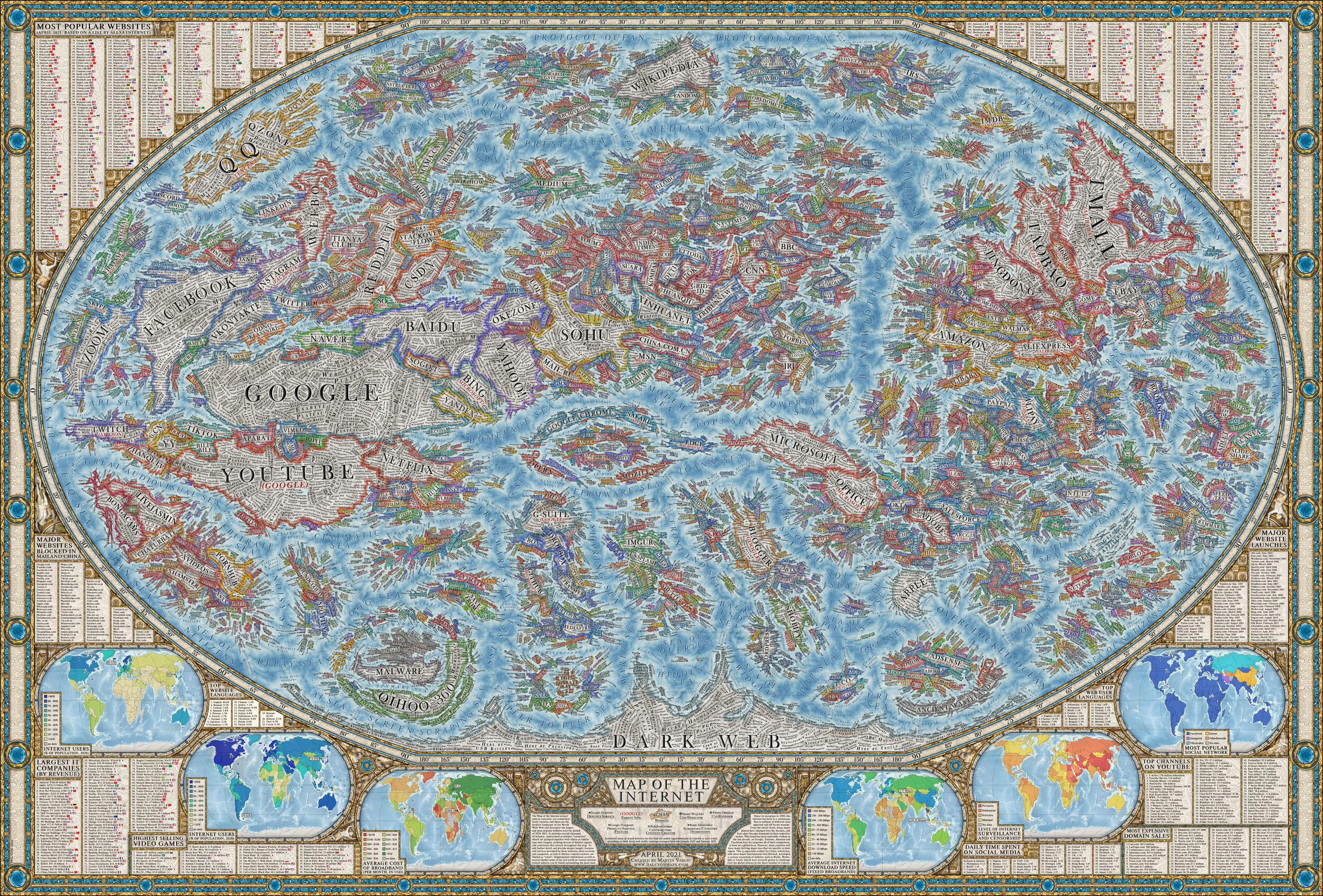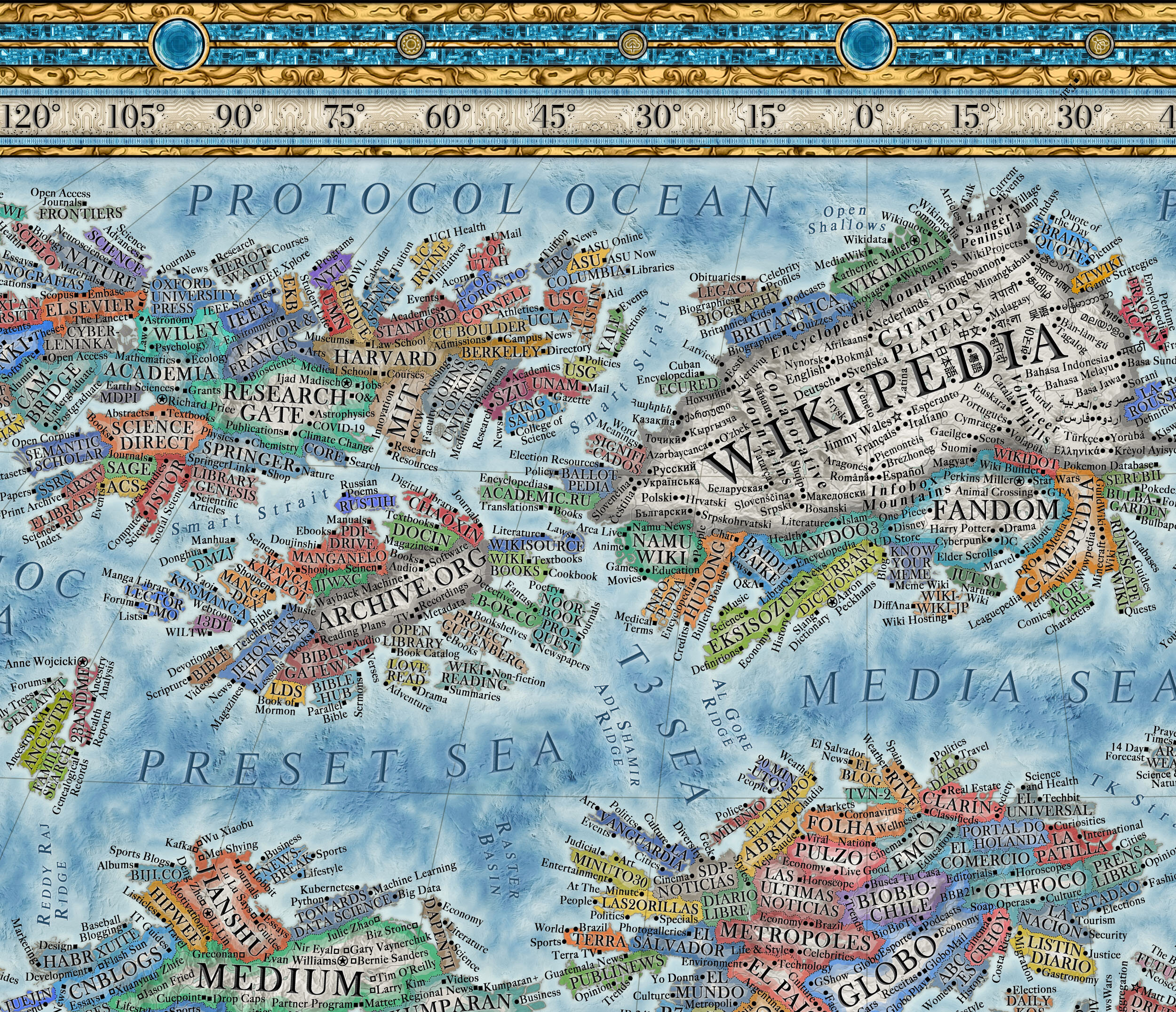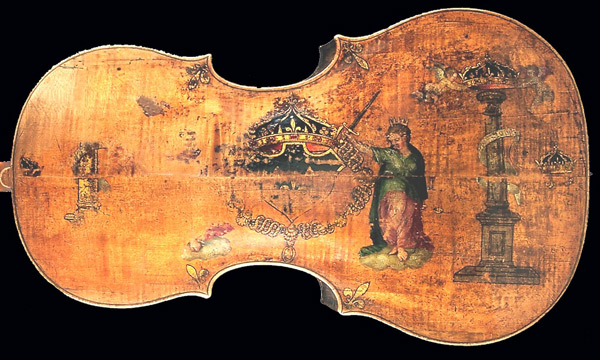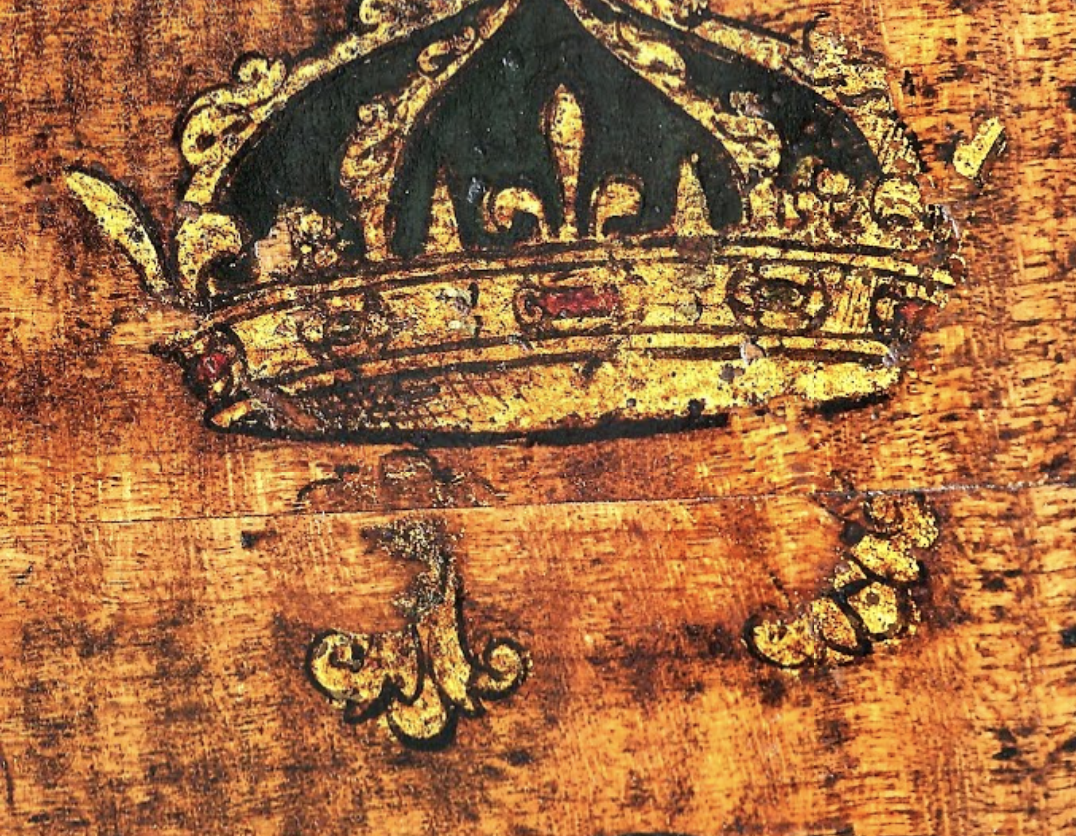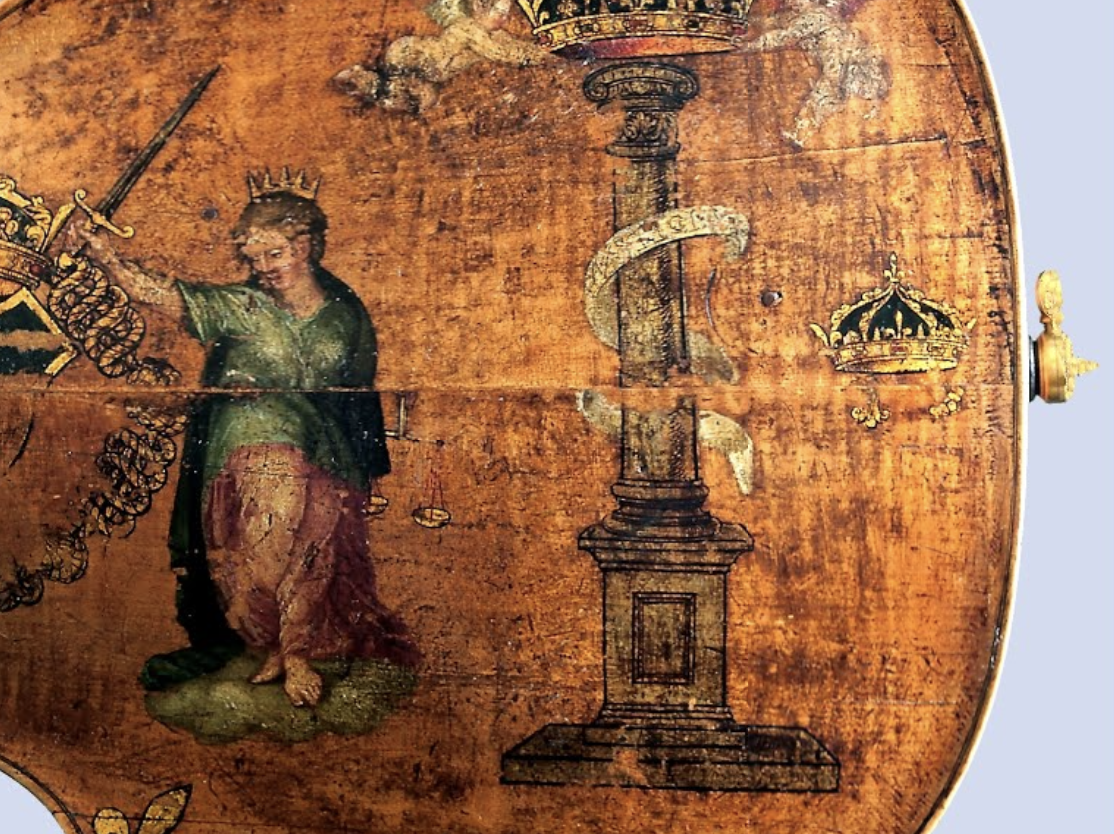[Most Recent Entries] [Calendar View]
Friday, June 11th, 2021
| Time | Event |
| 7:00a | The Illuminated Manuscripts of Medieval Europe: A Free Online Course from the University of Colorado
Dr. Roger Louis Martínez-Dávila and Ana B. Sanchez-Prieto–two academics working out of the University of Colorado and Universidad Complutense Madrid (Spain)–have teamed up to present Deciphering Secrets: The Illuminated Manuscripts of Medieval Europe. The free course covers the following ground:
You can take The Illuminated Manuscripts of Medieval Europe for free by selecting the audit option upon enrolling. If you want to take the course for a certificate, you will need to pay a fee. The Illuminated Manuscripts of Medieval Europe has been added to our list of Free History Courses, a subset of our collection, 1,700 Free Online Courses from Top Universities. Related Content Discover the Great Medieval Manuscript, the Book of Kells, in a Free Online Course The Medieval Masterpiece, the Book of Kells, Is Now Digitized & Put Online 160,000 Pages of Glorious Medieval Manuscripts Digitized: Visit the Bibliotheca Philadelphiensis The Illuminated Manuscripts of Medieval Europe: A Free Online Course from the University of Colorado is a post from: Open Culture. Follow us on Facebook and Twitter, or get our Daily Email. And don't miss our big collections of Free Online Courses, Free Online Movies, Free eBooks, Free Audio Books, Free Foreign Language Lessons, and MOOCs. |
| 8:00a | A Side Splitting Medieval TikTok Account: Get a Laugh at Medieval Yoga Poses & Much More
</div> 30-year-old Brooklyn-based artist Tyler Gunther views his creation, Greedy Peasant, as “the manifestation of all the strange medieval art we now enjoy in meme form”:
Earlier, Gunther’s medieval fixation found an outlet in comics that he posted to Instagram. Then last February, he found himself quarantining in an Australian hotel room for 2 weeks prior to performing in the Adelaide Festival as part of The Plastic Bag Store, artist Robin Frohardt’s alternately hilarious and sobering immersive supermarket installation:
Now, a green screen and a set of box lights are permanently installed in his Brooklyn studio so he can film whenever inspiration strikes, provided it’s not too steamy to don the tights, cowls, wigs and woolens that are an integral part of Greedy Peasant’s look.
One of Gunther’s most eye popping creations came about when Greedy Peasant answered an ad post in the town square seeking a Spider Man (i.e., a man with spiders) to combat a bug infestation:
About that tassel obsession…
Gunther’s keen eye extends to his green screen backgrounds, many of which are drawn from the Metropolitan Museum of Art’s online image collection. He also shoots on location when the situation warrants:
While Gunther is obviously his own star attraction, he alternates screen time with a group of “reliquary ladies,” whose main trio, Bridgette, Amanda and Susan are the queen bees of the side aisle. Even before he used a green screen filter to animate them with his eyes, lips, and a hint of mustache, he was drawn to their hairdos and individual personalities during repeat visits to the Met Cloisters.
“As reliquaries, they embody such a specific medieval sensibility,” he enthuses. “Each housed a small body part of a deceased saint, which people would make a pilgrimage to see. This combination of the sacred, macabre and beautiful includes all my favorite medieval elements.”
Get to know Tyler Gunther’s Greedy Peasant here. Related Content: 160,000 Pages of Glorious Medieval Manuscripts Digitized: Visit the Bibliotheca Philadelphiensis A Free Yale Course on Medieval History: 700 Years in 22 Lectures Killer Rabbits in Medieval Manuscripts: Why So Many Drawings in the Margins Depict Bunnies Going Bad Ayun Halliday is an author, illustrator, theater maker and Chief Primatologist of the East Village Inky zine. Follow her @AyunHalliday. A Side Splitting Medieval TikTok Account: Get a Laugh at Medieval Yoga Poses & Much More is a post from: Open Culture. Follow us on Facebook and Twitter, or get our Daily Email. And don't miss our big collections of Free Online Courses, Free Online Movies, Free eBooks, Free Audio Books, Free Foreign Language Lessons, and MOOCs. |
| 2:00p | A Beautiful, High-Resolution Map of the Internet (2021)
There have been maps that overlay the internet’s main landlines onto the map of the earth—this Vox article shows the spidery web growing from the first four locations of ARPANET until the whole world is connected. But that’s not how we think of it. Surely Open Culture is always where you, dear reader, reside, and this writer’s undisclosed location has nothing to do with it. Maybe the internet is really the space that it takes up in our minds, in our lives, and in the amount of internet traffic. Amateur graphic designer Martin Vargic visualized those spaces as countries on a vast globe inspired by National Geographic Magazine. (Although National Geographic borrowed its cartographic style from some of the first printed maps of the world.) Vargic first published his map in 2014 when he was a student in Slovakia. And now he has decided to update the map for 2021. (See the map in high resolution here.) Large continents represent the main websites of the Internet: Facebook, Google, Apple, Amazon. The seas represent the aforementioned ocean of data under different names: Ocean of Information, North Connection Ocean, etc. To compare his relatively spare original map to the one he just released is to notice how much more crowded this world has become, and how divided.
However, the center of the map is now different. This now depicts the “core and backbone of the Internet as we know it,” Vargic said. This means a core of service providers surrounded by larger islands of web browsers (Chrome, Firefox, et al). While the 2014 map considered website size as the main organizer and contained around 200 websites, this version contains 3,000. The north of the globe features country clusters: a grouping of academic, research, and free education sites (wikipedia, archive.org, etc.), governmental websites to the east and conspiracy QAnon lands to the west. The Antarctica of the map? The Dark Web, where the Onion isn’t a parody news site and TOR isn’t the sci-fi/fantasy publisher. You might find some of Vargic’s decisions odd, or you might just spend your time wondering how much of the internet is indeed an unknown land, with large “countries” you’ve never heard of, but with millions of “residents”. It might not be real, but Vargic’s map will put you in an exploratory mood while you light off for the territories. You can view it in a high resolution format here. Purchase it as a poster here. Related Content: The History of the Internet in 8 Minutes How the Internet Archive Digitizes 3,500 Books a Day–the Hard Way, One Page at a Time Ted Mills is a freelance writer on the arts who currently hosts the Notes from the Shed podcast and is the producer of KCRW’s Curious Coast. You can also follow him on Twitter at @tedmills, and/or watch his films here. A Beautiful, High-Resolution Map of the Internet (2021) is a post from: Open Culture. Follow us on Facebook and Twitter, or get our Daily Email. And don't miss our big collections of Free Online Courses, Free Online Movies, Free eBooks, Free Audio Books, Free Foreign Language Lessons, and MOOCs. |
| 11:00p | Hear the Amati “King” Cello, the Oldest Known Cello in Existence (c. 1560) The Stradivari family has received all of the popular acclaim for perfecting the violin. But we should know the name Amati — in whose Cremona workshop Antonio Stradivari apprenticed in the 17th century. The violin-making family was immensely important to the refinement of classical instruments. “Born around 1505,” writes Jordan Smith at CMuse, founder Andrea Amati “is considered the father of modern violinmaking. He made major steps forward in improving the design of violins, including through the development of sound-holes” into their now-familiar f-shape. Among Amati’s creations is the so-called “King” cello, made in the mid-1500s, part of a set of 38 stringed instruments decorated and “painted in the style of Limoges porcelain” for the court of King Charles IX of France. The instrument is now the oldest known cello and “one of the few Amati instruments still in existence.” And yet, calling the “King” a cello is a bit of a historical stretch. “The terminology referring to the early forms of cello is convoluted and inconsistent,” Matthew Zeller notes at the Strad. “Andrea Amati would likely have referred to the ‘King’ as the basso (bass violin).”
Images courtesy of National Music Museum The instrument remained in the French court until the French Revolution, after which the basso fell out of favor and the “King” was “drastically reduced in size” through an alteration process that “stood at the forefront of musical instrument development during the last quarter of the 18th century and throughout the 19th,” a way transform obsolete forms into those more suitable for contemporary music. “By 1801,” Zeller writes, “the date that the ‘King’ might have been reduced, large-format bassos were obsolete, discarded in favour of the smaller-bodied cellos.”
Zeller has studied the extensive alteration of the “King” cello (including a new neck and enlargement from three strings to four) with CT scans of its joints and examinations of now-distorted decorations. The reduction means we cannot hear its original glory — and it was, by all accounts, a glorious instrument, “a member of a larger family of instruments of fixed measurements related together by profound mathematical, geometrical, and acoustical relationships of size and tone,” writes Yale conservator Andrew Dipper, “which gave the set the ability to perform, in unison, some of the world’s first orchestral music for bowed strings.”
We can, however, hear the “King” cello (briefly, at the top) in its current (circa 1801), form, and it still sounds stunning. Cellist Joshua Koestenbaum visited the cello at its home in the National Music Museum in Vermillion, South Dakota in 2005 to play it. “It didn’t take much effort to find the instrument’s naturally sweet, warm sound,” he says. “It was incredibly easy to play — comfortable, pleasurable, forgiving, and user-friendly…. I felt at home.” Learn more about the latest research on the “King” cello at Google Arts & Culture and the Strad. Related Content: Why Violins Have F-Holes: The Science & History of a Remarkable Renaissance Design Watch the Making of a Hand-Crafted Violin, from Start to Finish, in a Beautifully-Shot Documentary Josh Jones is a writer and musician based in Durham, NC. Follow him at @jdmagness Hear the Amati “King” Cello, the Oldest Known Cello in Existence (c. 1560) is a post from: Open Culture. Follow us on Facebook and Twitter, or get our Daily Email. And don't miss our big collections of Free Online Courses, Free Online Movies, Free eBooks, Free Audio Books, Free Foreign Language Lessons, and MOOCs. |
| << Previous Day |
2021/06/11 [Calendar] |
Next Day >> |
